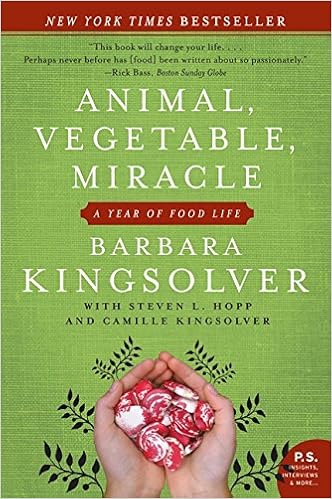Author: L. Frank Balm
Published: 2013 by Disney Enterprises, Inc. (originally published by George M. Hill Company on May 17,1900)
Pages: 285
Genre: fairy tale
Obtained: from a pile of unwanted books
Published: 2013 by Disney Enterprises, Inc. (originally published by George M. Hill Company on May 17,1900)
Pages: 285
Genre: fairy tale
Obtained: from a pile of unwanted books
Summary: Dorothy gets caught up in a cyclone in Kansas and ends up in the land of Oz. She journeys to the Emerald City to ask the Wizard of Oz to help her get home. The Wizard agrees to help her if she kills the Wicked Witch of the West. During her adventure, she encounters all types of creatures and beings and makes some new friends along the way.
Thoughts: This book is an old fashioned fairy tale for children. I started to read this to my eight year old son. After the second chapter, he did not want to continue. He thought the story was "boring" and wanted to read "The Quest for the Diamond Sword" (a Minecraft story) instead. I wanted to keep going, and did.
After the first two chapters, I was drawn into this book because it was so very different from the 1939 movie. I wanted to find out how the story was originally written since I have seen the movie so many times, but have never read the book. In the book, the only characters from Kansas are Dorothy, Toto, Aunt Em, and Uncle Henry. They live in a one room house. This is just the beginning. If you have seen the movie, you know how very different this is and how it changes the story. Also, the book has more creatures, beings, magical objects, and characters than the movie. It also describes more of the land and gives the back stories of the main characters. There is much more to Dorothy's adventure. This is all I will write about the differences because I don't want to include any spoilers.
The themes of the story are good for children. There's no place like home. You may already have what you're looking for. Good is stronger than evil. Don't take things for granted. Things are not always as they appear.
This was a creative, magical fantasy. It was a quick, enjoyable read. The writing was clear and simple. There were some disturbing parts to the story. An example is how the Tin Man was created. This may bother some children, but I think most would be okay with it because of the way it was written. I am glad I finally read this classic. It was an entertaining book for all ages.

Tea: Welcome
Company: Art of Tea
Obtained: gift
According to their website, "Art of Tea is a tea importer and wholesaler based in Los Angeles, California". It is a "leading purveyor of organic and specialty teas". Art of Tea uses fair trade practices.
"Welcome" tea is an herbal blend. It is caffeine free. It is packaged in a foil-lined resealable bag. The packaging is plain, but protects the tea from light and heat and keeps it dry. It is also air tight. The package states this tea "brews a refreshing floral cup with both sweet and spicy characters".
The tea has a light scent of chamomile and flowers. It is made up of chamomile flowers, red and pink flower petals of all sizes, and pink peppercorns. It is a colorful, attractive combination.
I put one tablespoon of tea into my teapot and added eight ounces of water as recommended. I let the tea brew for five minutes. The package suggested brewing for five to seven minutes.
The liquid was a light yellow color. The scent was of chamomile with a hint of floral and peppercorn. The tea tasted strongly of chamomile with a hint of floral and then the peppercorn flavor. The aftertaste was smooth and pleasant.
This is probably the best chamomile blend I've ever tried.


